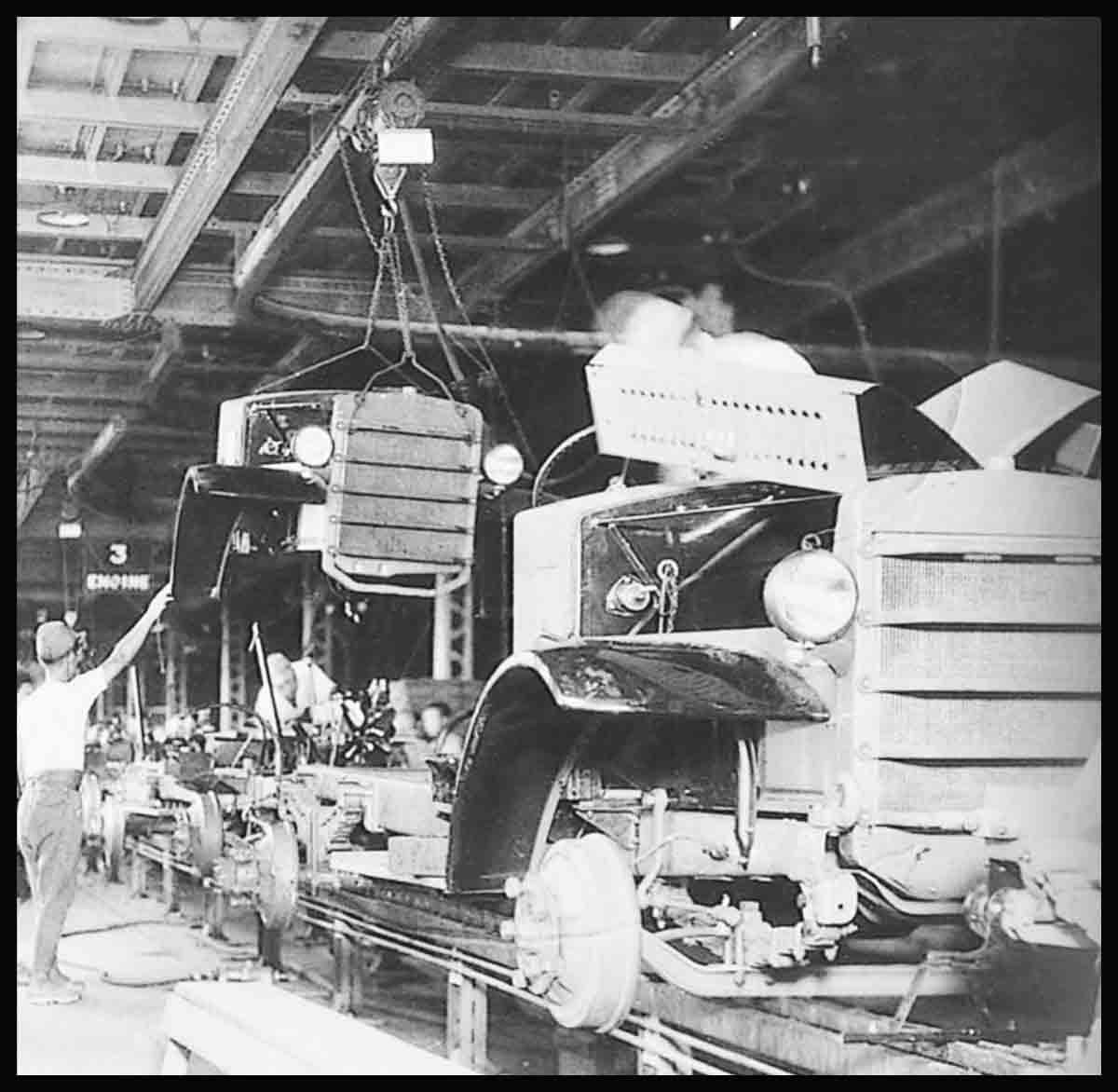
Great Marques—The Toyota Story
Toyota was at the forefront of the Japanese motor industry’s move into exports in the 1960s, establishing satellite plants around the world. It became a force in rallying but its foray into Formula 1 proved unsuccessful, and it has been rocked by quality scares in recent years, yet it remains the world’s largest car-maker.
“The MR2 . . . sets new standards in a number of areas and it is enormous fun to drive.”
AUTOCAR MAGAZINE ON THE TOYOTA MR2, MARCH 1985
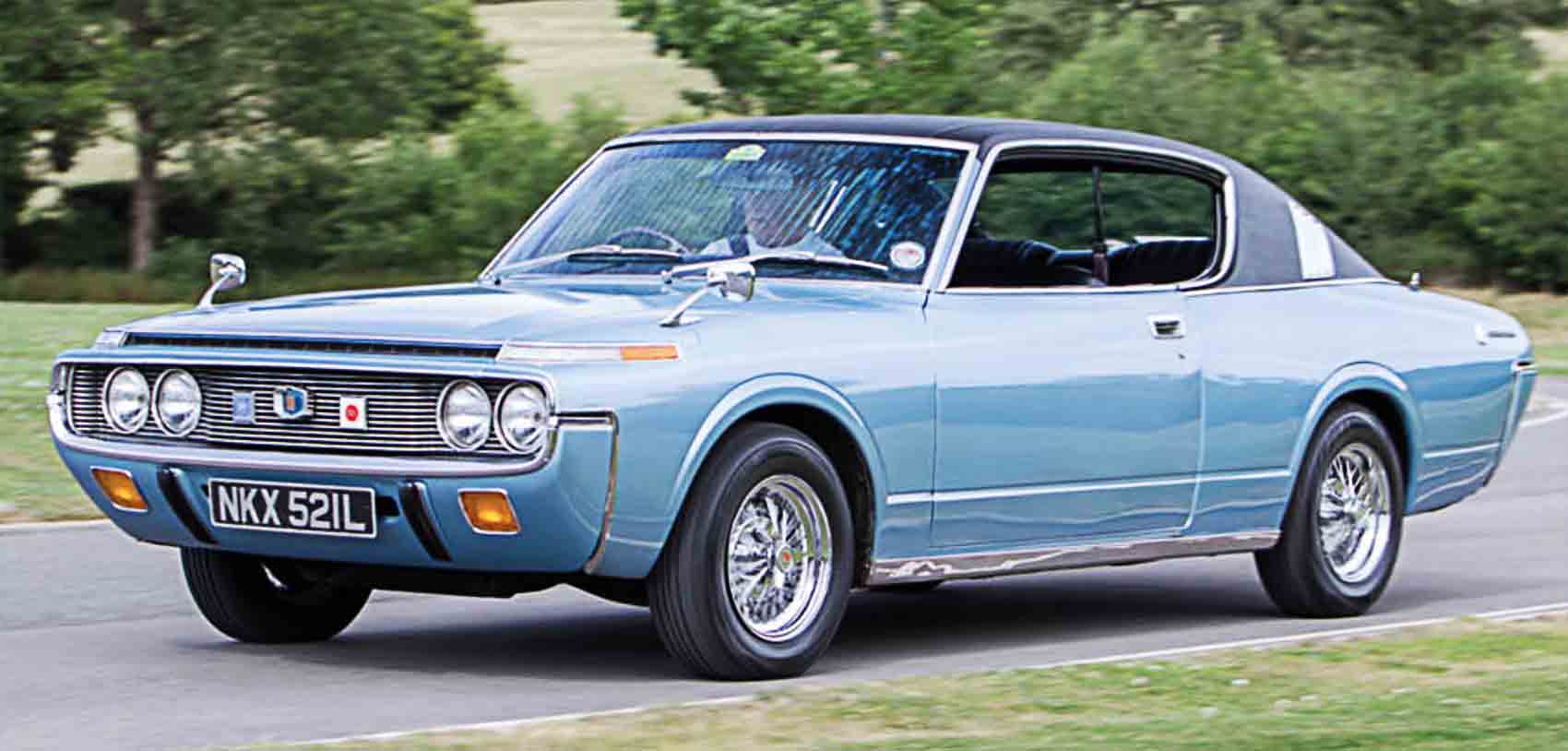
Designed for the 1970s, the Crown followed US styling tends; the power unit was a 2.6-liter straight six.
SAKICHI TOYODA INVENTED Japan’s first powered weaving loom in 1897, and his son Kiichiro created an automatic loom in 1924. After a visit to the US and Europe in 1929, Kiichiro began experimenting with petrol-powered engines and in 1933 he established an automotive business within the Toyoda Automatic Loom Works. Although the move was considered risky by some, the Japanese government encouraged Toyoda’s diversification as it sought to foster domestic car production during the war with China.
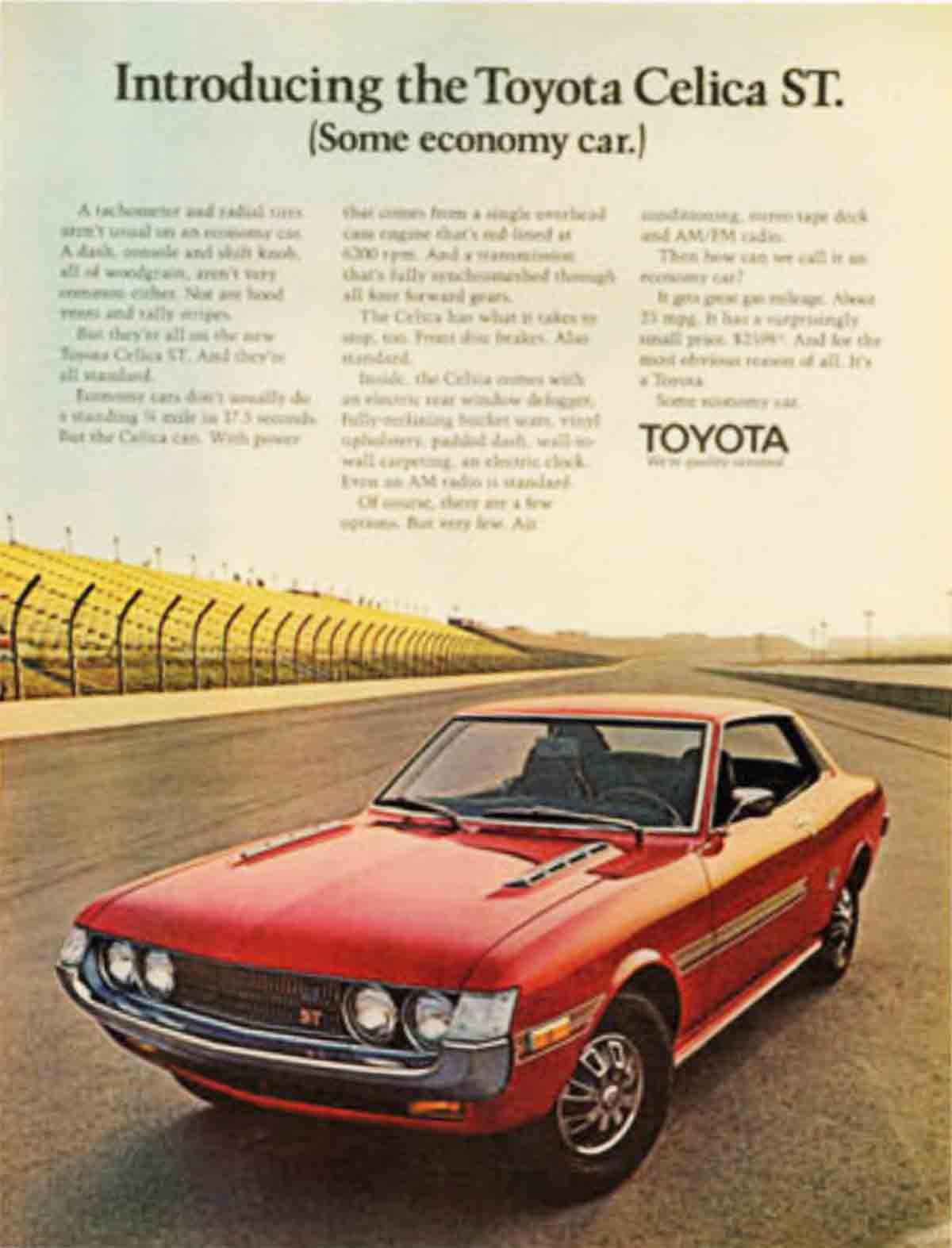
Toyada bought cars from Chevrolet and DeSoto, which were taken to pieces and examined in detail. The lessons learned went into Toyoda’s first vehicles, the A1 car and G1 truck of 1933—soon refined into the AA and GA models, all of them using the 65bhp, four-cylinder. Model A engine. In 1937 the name Toyota was adopted, and the automotive operation was hived off into a separate company, the Toyota Motor Corporation.
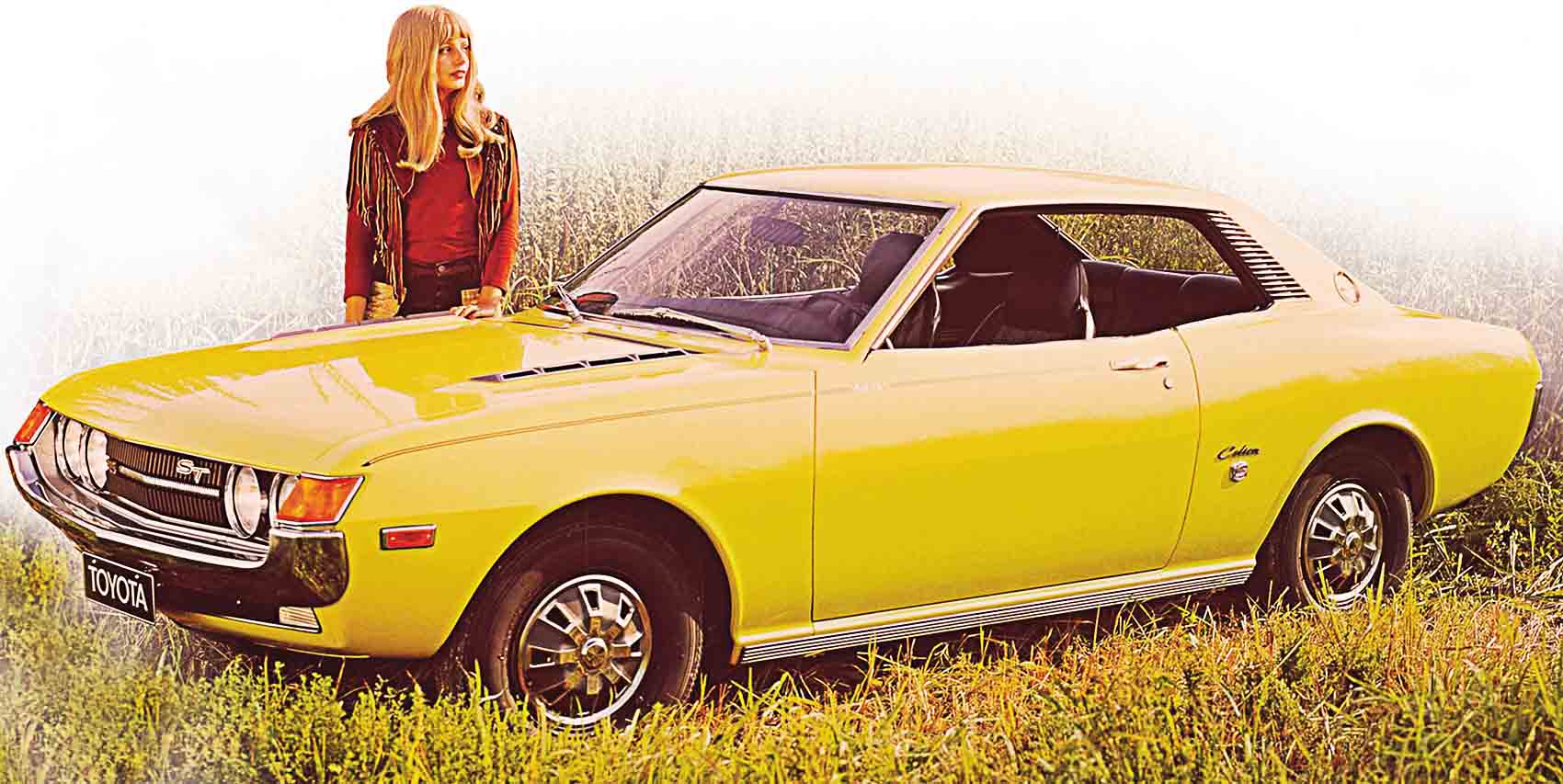
Here was Japan’s answer to Europe’s Ford Capri and Opel Manta: a sporty coupe with both mundane and exciting engine options.
During World War II Toyota concentrated on truck production and engine research, which continued during the reformation of Japan in the late 1940s. The company then re-entered the passenger car market with the Toyopet SA small car in 1947. By 1958 Toyota was exporting its slow but solid Crown saloon car to the US. Its next step forward was the development of the Corolla, a compact economy car which boasted a 1077cc, four-cylinder engine with more power than its competitors, a four-speed gearbox when many rivals only offered three ratios, modern strut-type front suspension, and minimal maintenance requirements. Launched in 1966 it was an immediate success, helping Toyota to exceed export sales of one million vehicles by 1969. Toyota was so successful that the US, UK, and other export markets introduced import tariffs to protect their own motor industries from the new Japanese competition.
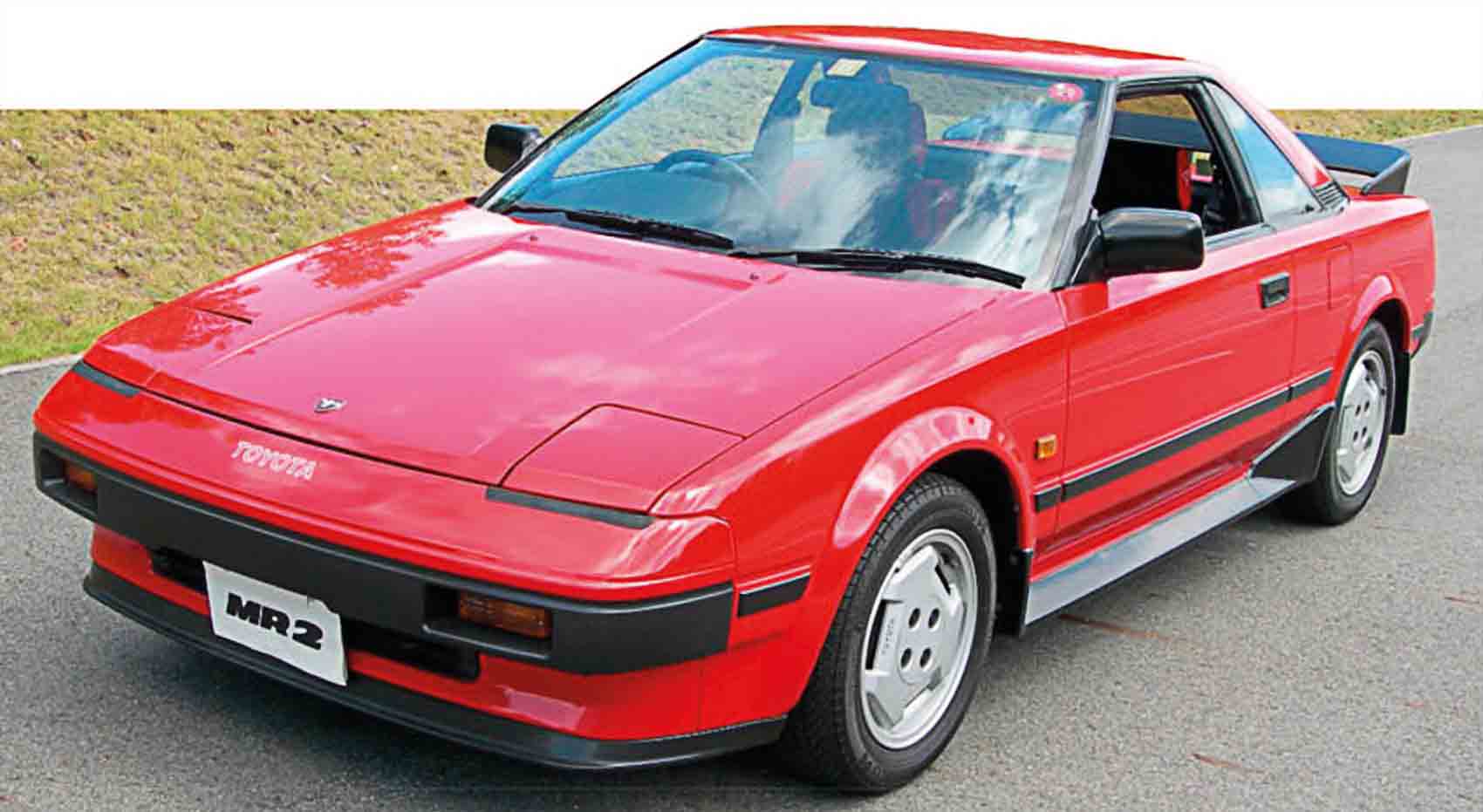
The Fiat X1/9 had blazed the trail for affordable mid-engined sports cars, but this Toyota was a step up in quality, performance and handling; optional extras included a T-bar roof and a supercharger.
Toyota’s export sales continued to increase into the 1970s with new generations of Corollas (eventually it became the bestselling car model of all time) and the introduction of the Corona, Carina, and Celica models. All of the cars were reliable and efficient, if less than enthralling to drive. Yet when Toyota chose to build cars for enthusiasts it could do an incredible job. The rear-drive AE86 Corolla GT of the 1980s was famed for its handling and punchy, 128bhp, fuel-injected, in-line four, and the same engine was mounted amidships in the delightful MR2 sports car. But these were all-too-rare highlights in an otherwise more workaday line-up.
Toyota’s image was boosted by its World Rally Championship campaigns with the four-wheel-drive Celica GT-Four in the 1990s. The German-based Toyota Team Europe took championship wins in 1990 and 1992 with Carlos Sainz, in 1993 with Juha Kankkunen, and in 1994 with Didier Auriol. But the team was banned from rallying in 1995 for using an illegal air restrictor bypass system. In 1998 Toyota moved into sports car racing, but the newly developed GT-One never lived up to its promise. Formula 1 beckoned next, but that proved to be a similar story. Ten seasons in the sport, at enormous cost to the company, delivered little beyond a pair of second place finishes each for Jarno Trulli and Tim Glock.
But Toyota continued to achieve sales success around the world, and sidestepped import restrictions by establishing new production facilities in its biggest markets outside Japan. It introduced the first mass-produced hybrid, the Prius, in 1997 and by 2014 had overtaken Volkswagen and General Motors to become the world’s biggest car-maker. A series of safety recalls cast doubts on Toyota’s quality, but seemed to have little lasting impact on sales.
With the challenge from Volkswagen fading as the German company battles slowing sales in China and the fallout from its emissions scandal, Toyota has returned to its place as the biggest car-maker in the world and now looks set to remain there for some time.
It is a quote. The Classic Car Book – The Definitive Visual History 2016




